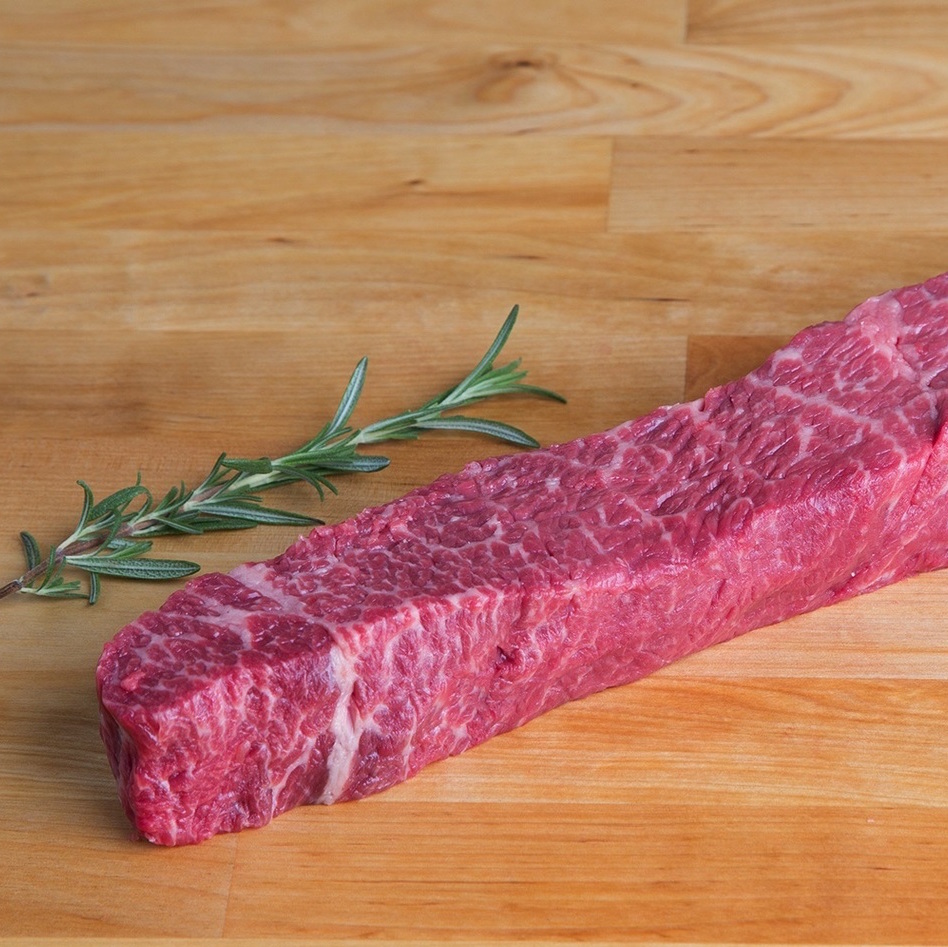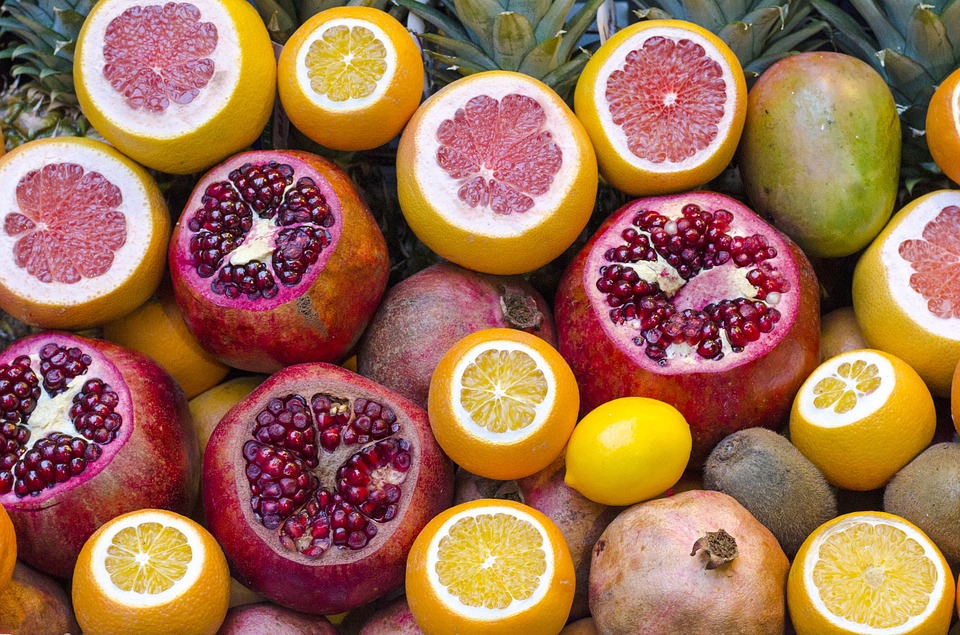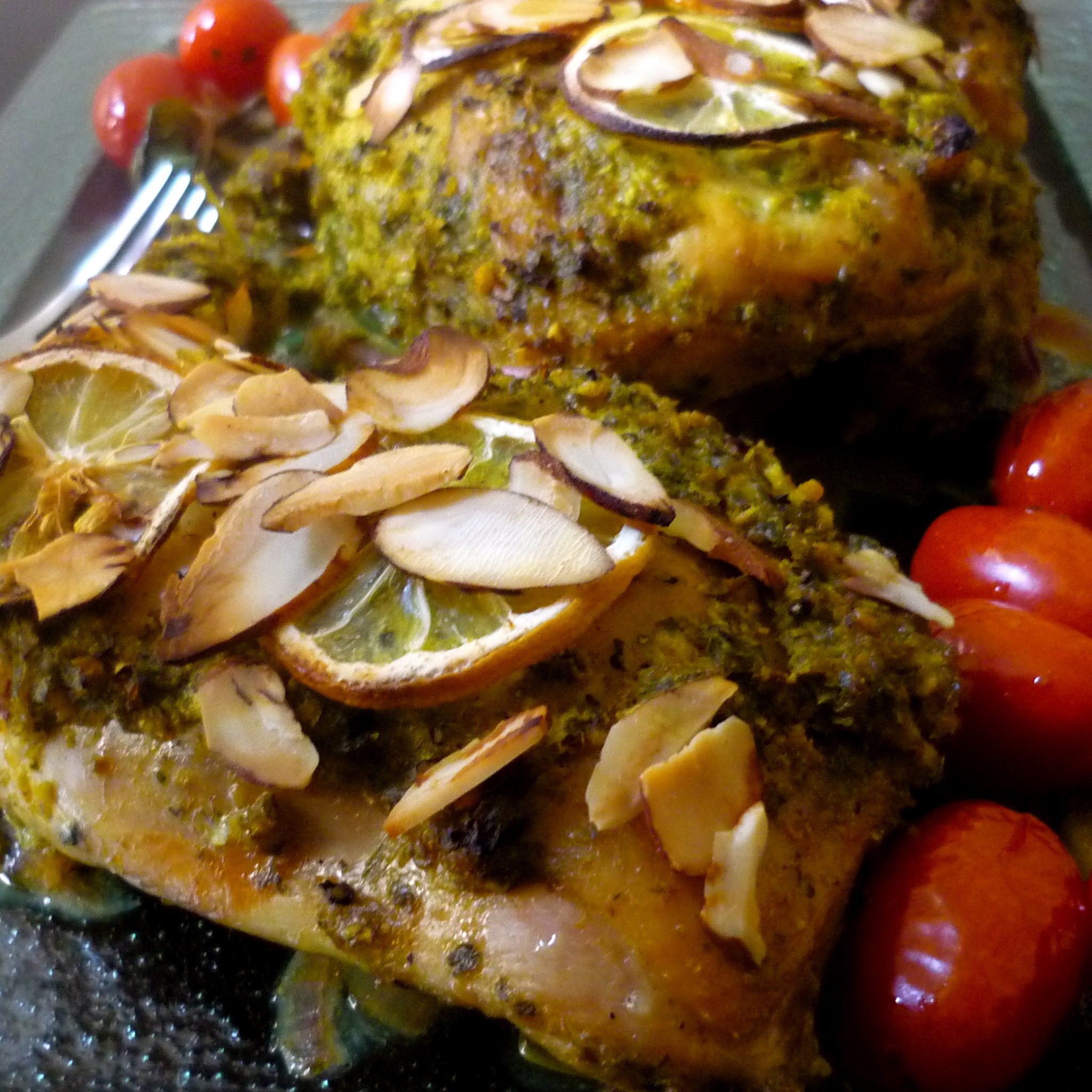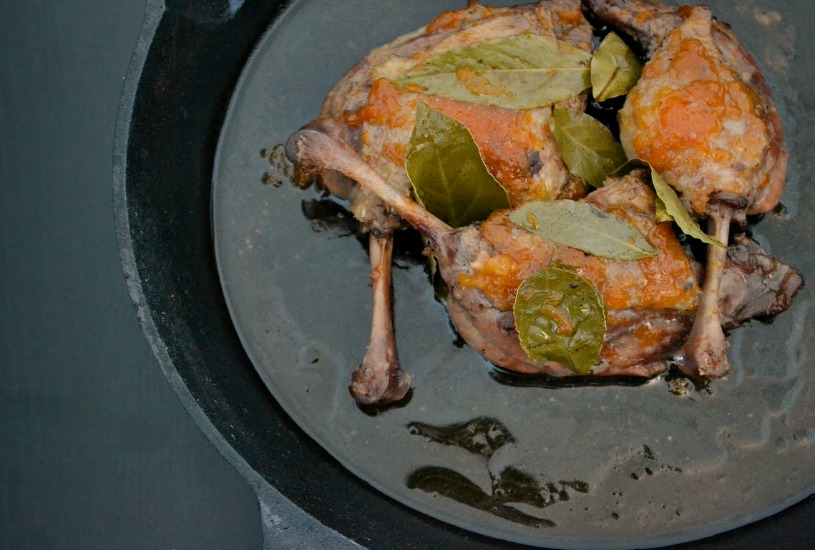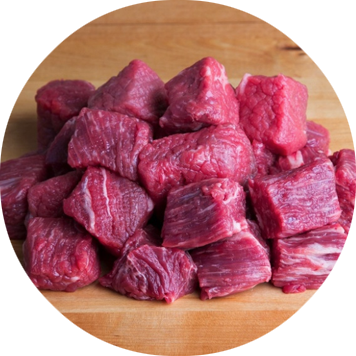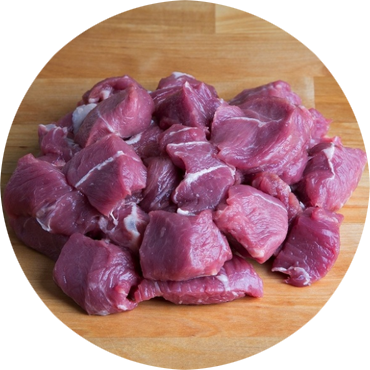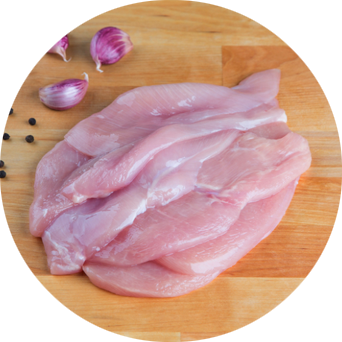What does “sous-vide” mean?
“Under Vacuum” — that is, the food is cooked in a sealed plastic without any air, which prevents spoilage.
How does it work?
The bag is placed in water that is heated and circulated by a “sous-vide machine” — Mellow, Anova and Joule are popular brands (more below). Rather than bathing the food in a lot of heat and taking it out before it over cooks (as we do with stove-top or oven cooking), in sous-vide the water bath is heated to the exact “desired doneness” temperature. Love rare meat? Heat to 125F. Medium? 130F. and so on. Using the machine to set the exact temperature of the water ensures that your food doesn’t over cook.
What equipment do I need?
If you use an immersion circulator like the Joule or Anova, you’ll need a large pot you can attach it to and fill with water. If you use a Mellow, no additional equipment is required. You’ll also need ziplock bags (freezer-grade) that you can cook the meat in.
What are the best uses of sous-vide?
We’ve found sous-vide to be perfect for a few different occasions:
- Cooking ahead: Once your meat has been cooked, it can be refrigerated for a week, or frozen for several months. Bring it to room temperature, sear, and you are good to go. If you like to cook ahead for the week, putting a bunch of meat in the sous-vide on Sunday is a great plan.
- Slow-cooking a roast for Shabbat lunch. Sear on Friday, then put it in the sous-vide for a long cook, to serve for Shabbat lunch.
- Serving steak or chops to a crowd: If you want to serve many steaks or chops at the same time, you’re limited to the size of your frying pan. But with a sous-vide, you can have them all ready to go, so that you just need to spend 1-2 minutes per side searing them up and voila– steak for 12 on the table. Much more consistent results in less time.
- Not overcooking an expensive steak: If you’re a confident cook, searing up a Cowboy Steak or Ribeye on the grill or cast iron pan is joy. If you’re less comfortable in these settings (or don’t have a grill), cooking a steak that you really don’t want to mess up can be stressful. Using a sous-vide machine eliminates the stress that your steak will be overcooked. And this is good — so you can cook your steak and enjoy it too.
What are the best cuts to cook sous-vide?
Pretty much any meat can be cooked this way, although we don’t recommend it for ground meat or rib roasts. If you’re just getting started, we recommend you give these cuts a try:
How long does it take?
Anywhere from 2 hours to 2 days, depending on what you are cooking. We generally follow this rule of thumb from Bosh Boshnack for tender cuts of beef or veal, such as chops, steaks, and ribs roasts:
- Find the thinest side of the meat you want to cook, and measure the thickest part.
- Cook the meat 1 hour for every inch, plus 1 hour.
- After the cook, shock in ice water for 30 seconds. Then take it out of the bag and dry and sear.
What temperature should I use?
Instead of blasting meat with a lot of heat (350F, for example, in an oven, or much more on a grill) and taking it out before it gets overdone, as in most traditional cooking methods, sous-vide cooking brings meat up to a precise temperature — that is, the temperature that you like your meat to be at when it is finished. Unlike roasting, meat cooked sous-vide will not continue to increase in temperature once you stop cooking it, and it does not need to ‘rest’ as a grilled steak does.
We do not publish a chart of temperatures, because everyone’s machines, and tastes, are different. We recommend you keep a notebook to record the times and temperatures and cuts you cook, and make note of the combinations you like best. That said, here are a few basic guidelines.
- Chicken: 145-155F
- Duck: 135-145F
- Steaks:130-135F
- Brisket & Roasts: 130-145F
We also recommend you take a look at this user-compiled spreadsheet, which gives you a sense of the varying temperatures folks use for different cuts. Grow & Behold has not tested these temperatures and provides this link for your reference only. These are taken from the Kosher Sous Vide Facebook group, moderated by Bosh Boshnack. If you are new to sous vide, we strongly encourage you to join the group and the conversation.
Another resource that may be helpful is the Chefsteps Joule Time & Temperature Guide. Grow & Behold has not tested these temperatures and provides this link for your reference only.
When do I sear the meat – before or after the sous-vide cooking?
Generally speaking, we recommend you cook your meats sous-vide, then shock in an ice bath to stop the cooking, then sear in a very hot pan to build the crust right before serving. However, there are a couple of reasons why you might want to sear the meat before cooking as well:
- Even if you plan to sear before serving, you might want to add a pre-sear step to build more flavor in the meat and reduce the time needed to sear at the end, which means you’re less likely to have the meat near the surface end up overcooked from the post-sous-vide searing.
- If you are cooking a brisket or other roast to serve for Shabbat lunch, when you won’t be searing it before serving, you must sear it on Friday before cooking. Without the sear, you’ll lose a lot of flavor.
Want to learn more?
Join the Kosher Sous-Vide Facebook Group and browse our recipes for sous-vide cooking.

